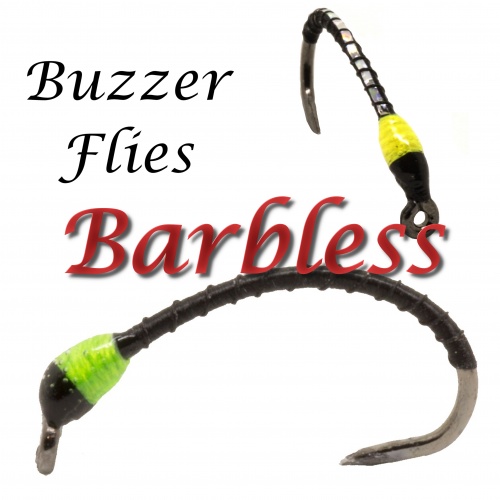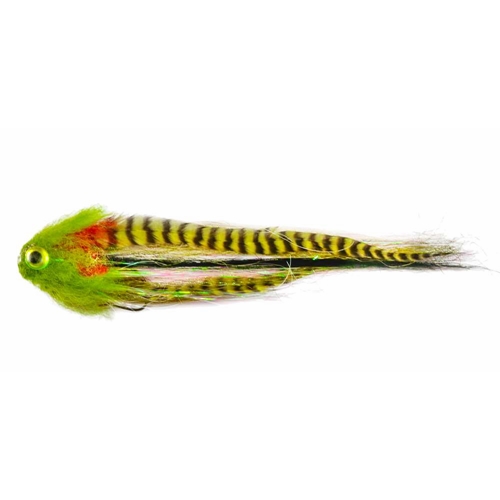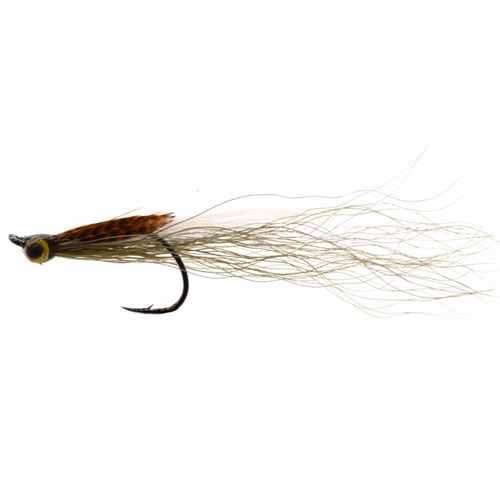 At least a dozen manuscripts document fly fishing in Britain as early as the fourteenth and fifteenth centuries. None of these texts provide a complete a description of their subject, as most only mention fishing in passing. One of the most illuminating texts is from a cryptic Bavarian manuscript from the early fifteenth century. This manuscript is kept at the Bavarian abbey of Tegernsee. It lists at least 50 different un-named fly patterns. The Tegernsee manuscript lists patterns for catching carp, pike, catfish, burbot and salmon as well as trout and grayling.
At least a dozen manuscripts document fly fishing in Britain as early as the fourteenth and fifteenth centuries. None of these texts provide a complete a description of their subject, as most only mention fishing in passing. One of the most illuminating texts is from a cryptic Bavarian manuscript from the early fifteenth century. This manuscript is kept at the Bavarian abbey of Tegernsee. It lists at least 50 different un-named fly patterns. The Tegernsee manuscript lists patterns for catching carp, pike, catfish, burbot and salmon as well as trout and grayling.
At least three fifteenth century English treatises mention fly fishing. One, the British Library, describes how to take "trowte".
“in June, iuly an agust in the vpper part of the water with an artificiall flye, made vppon your hooke with sylke of dyverse coloures lyke vnto the flys which be on the waters in these monethes, and fethers be good & pecokes and popiniayes.”
A second manuscript, Medicina piscium, in the Bodleian Library (Rawlinson C 506), describes flies for both trout and salmon:
“And iff ye fische for hym in the lapyng tyme ye must dubbe your hoke with the federys of a pertriche or with the federysse of a whyld doke and ye must loke what colowre that the fley is that the trowgth lepythe aftir and ye same colowre must the federisse be and the same colowre must the sylke be of for to bynde the federysse to your hoke.”
More on fly fishing history next time.




















